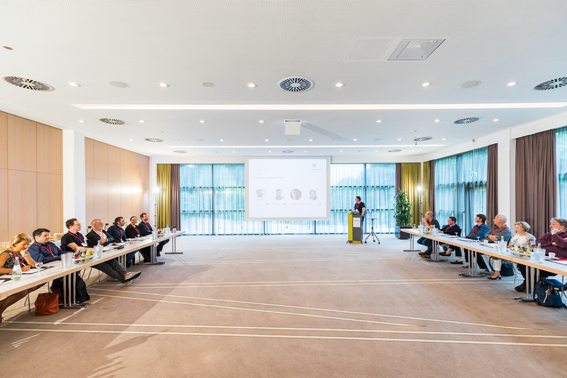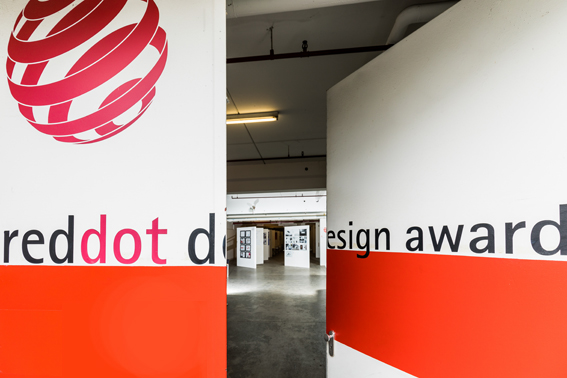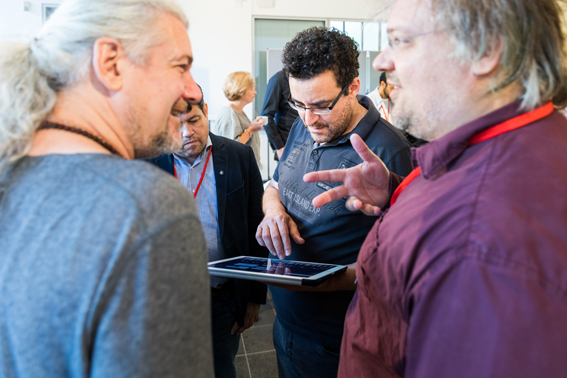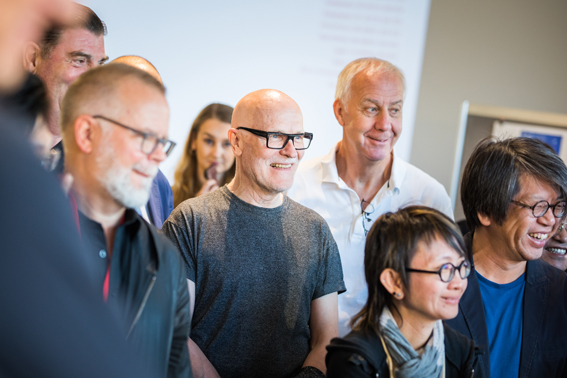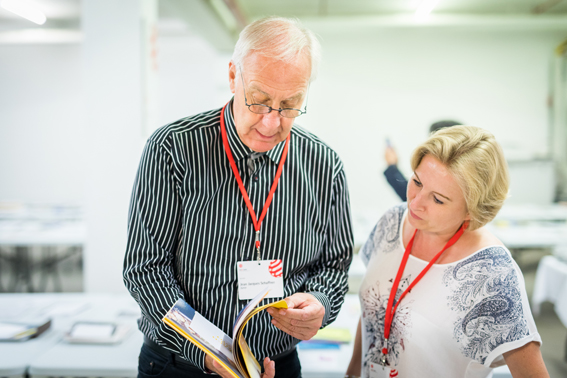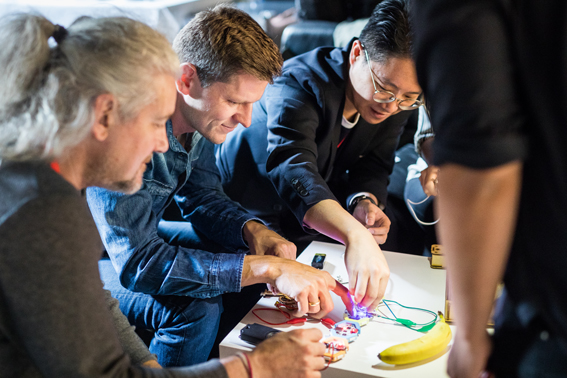This is how the jury awards prizes: behind the scenes with Red Dot CEO Pro. Dr. Peter Zec
At the moment, the Red Dot Award: Communication Design 2018 is calling for entries. Until 29 May, designers, agencies and companies from around the globe can submit their works during the regular registration period. All competition entries will be evaluated by the Red Dot Jury with regard to their design quality and creativity. Professor Dr. Peter Zec, founder and CEO of the Red Dot Award, reveals how the experts make their decision.
Jurors pledge to the “Code of Honour”
In order to cope with the internationality and diversity of the competition entries, the jury of the Red Dot Award: Communication Design comprises experts from various fields and cultural areas. The panel consists of more than 20 members and its composition changes annually. No one can apply for serving as a juror and Red Dot only appoints independent designers and design experts. They commit themselves to a “Code of Honour”. It states that the members of the Red Dot Jury are not allowed to enter their own or cooperative projects in categories in which they take part in the assessment of the competition entries.
“This sounds as a matter of course. But it is not”, explains Professor Dr. Peter Zec, founder and CEO of the Red Dot Award. The design expert adds for consideration: “At most of the design awards, you can submit your work and when it has a turn, you kindly leave the room and let your colleagues decide upon it. Which juror would tell his colleague that his work did not win an award when he or she comes back? Our code of honour ensures that conflicts of interest are prevented.”
Three jurors are a team
According to their expertise, the jury members are grouped in teams of three and allocated to the competition’s categories. They evaluate all of the submissions individually and on site without pre-judging. “The jurors really look at all of the works. There is no pre-selection. It is a tough job, when they are here”, says Peter Zec about the several days lasting evaluation process, which undergoes various stadiums.
Four-level evaluation process
At the beginning of the jury session, the jurors have enough time to get an overview of the entries in their respective category. “If there are any questions, our team is available to support the jury members and call the designer in order to check with him or her if necessary”, explicates the Red Dot CEO.
During the adjudication, various criteria play a role. These include, among others, aesthetics, concept and implementation, originality and comprehensibility. They vary depending on the type of the project and form a framework for orientation. It is filled in individually by each juror according to his or her expertise and socio-cultural background.
The exchange od opinions within a jury group is the basis for taking a decision on awarding distinctions. The projects are not compared directly with each other, but are rather scrutinised individually with regard to their design quality. In the first round, the judges decide whether a work progresses or directly exits from the competition. “The rule is: if one of three votes is in favour of a work, it stays in the competition”, states Zec.
In order to win a Red Dot, a project must get a minimum of two votes in the next step. Regarding the decision about the majority, “there are sometimes very, very heated discussions”, reports the design expert. This is also reflected in the competition’s results each year: in 2017, a only 10% of all entries were granted a distinction. “A work is not just rubber-stamped“, tells Peter Zec of his personal experiences.
In the third round, the judges have the possibility to select projects from the Red Dot awarded works that deserve a Red Dot: Best of the Best. “This is a ‘can’ formulation: the jury can choose up to three works for this distinction, but they don’t need to”, explains Peter Zec. The awarding of the distinction for very high design quality needs to take place unanimously.
At the final level, the Red Dot: Grand Prix can be granted in each of the 17 categories. It is the highest single distinction in the Red Dot Award: Communication Design and goes to the best work in a category. In 2017, only five projects – 0,06% of all submissions – were honoured with this prize. “The jury used it very sparingly. This does not mean that all of the works were bad. It rather illustrates that our jurors demand very high standards”, says Zec.
Enter now
The intensive examination and critical exchange with each other enable a profound final decision. Designers, agencies and companies, who want to put their works to the test and who want to face the jury’s verdict, can submit their projects in the Red Dot Award: Communication Design 2018 until 15 June the latest.
» Further information on the Red Dot Award: Communication Design 2018

